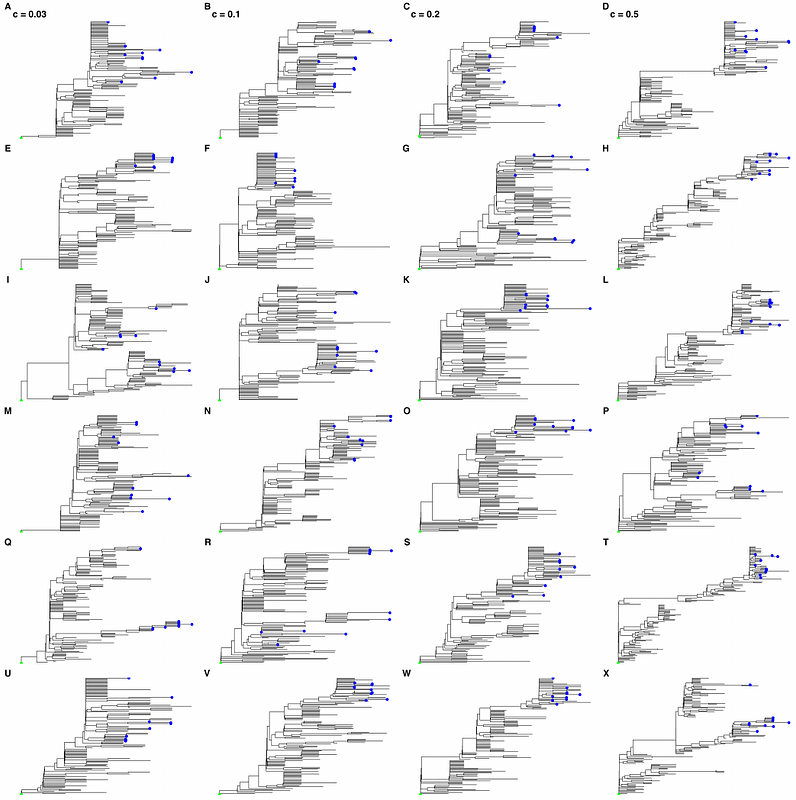Immune Pressure is Key to Understanding Observed Patterns of Respiratory Virus Evolution in Prolonged Infections

Immune Pressure is Key to Understanding Observed Patterns of Respiratory Virus Evolution in Prolonged Infections
Coats, A.; Wang, Y. R.; Koelle, K.
AbstractFor a number of viral pathogens, prolonged infections have been hypothesized to be the source of new variants that emerge and spread at the level of the host population. This potential role of prolonged infections has been highlighted most recently in the context of SARS-CoV-2, with variants of concern Alpha and Omicron likely to have evolved in immunocompromised individuals experiencing long-term viral infections. Analyses of sequenced viral samples from prolonged infections have indicated that there are several consistent patterns of evolution observed across these infections. These patterns include accelerated rates of nonsynonymous substitution, viral genetic diversification into distinct lineages, parallel substitutions across infected individuals, and heterogeneity in rates of antigenic evolution. Here, we use within-host model simulations to explore the drivers of these evolutionary patterns. Our simulations build on a tunably rugged fitness landscape model to first assess the role that mutations that impact only viral replicative fitness have in driving these patterns. They then further incorporate pleiotropic sites that jointly impact replicative fitness and antigenicity to assess the role that immune pressure has on these patterns. Through simulation, we find that the empirically observed patterns of viral evolution in prolonged infections cannot be robustly explained by viral populations evolving on replicative fitness landscapes alone. Instead, we find that immune pressure is needed to consistently reproduce the observed patterns. While our simulation models were designed to shed light on drivers of viral evolution in prolonged infections with respiratory viruses that generally cause acute infection, their structure can be used to better understand viral evolution in other acutely-infecting viruses such as noroviruses that can cause prolonged infection as well as viruses such as HIV that are known to chronically infect.